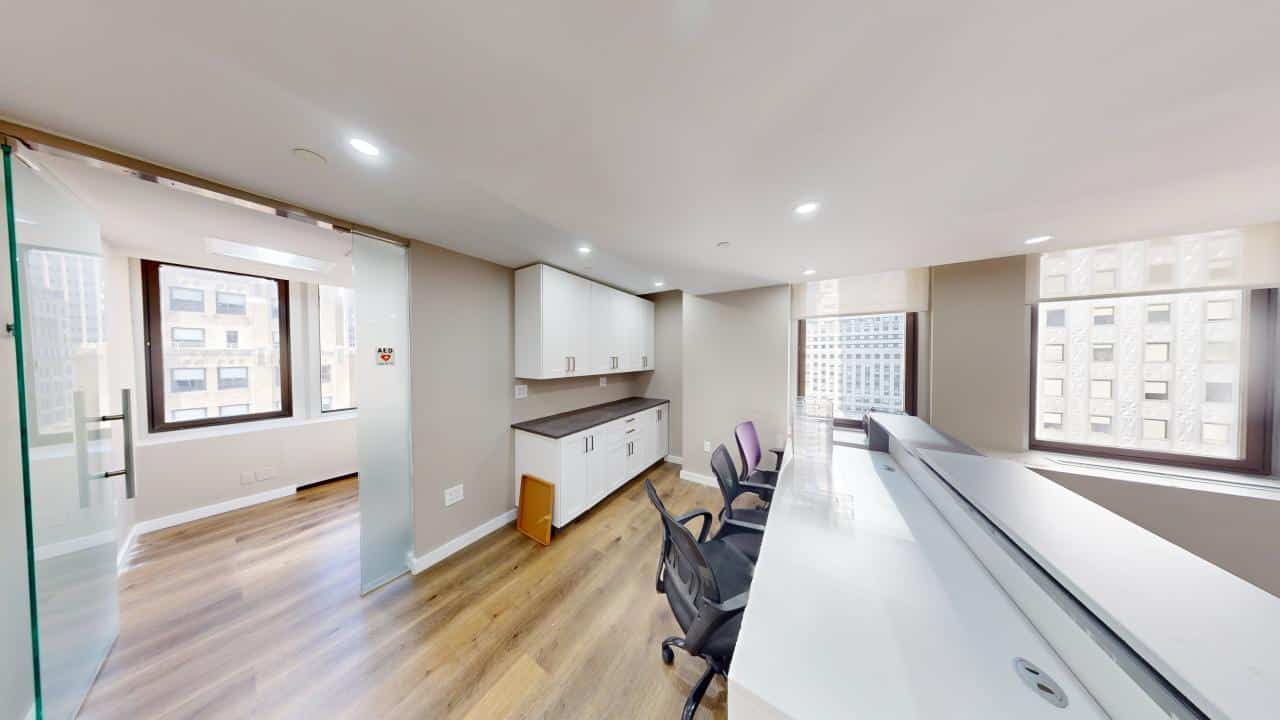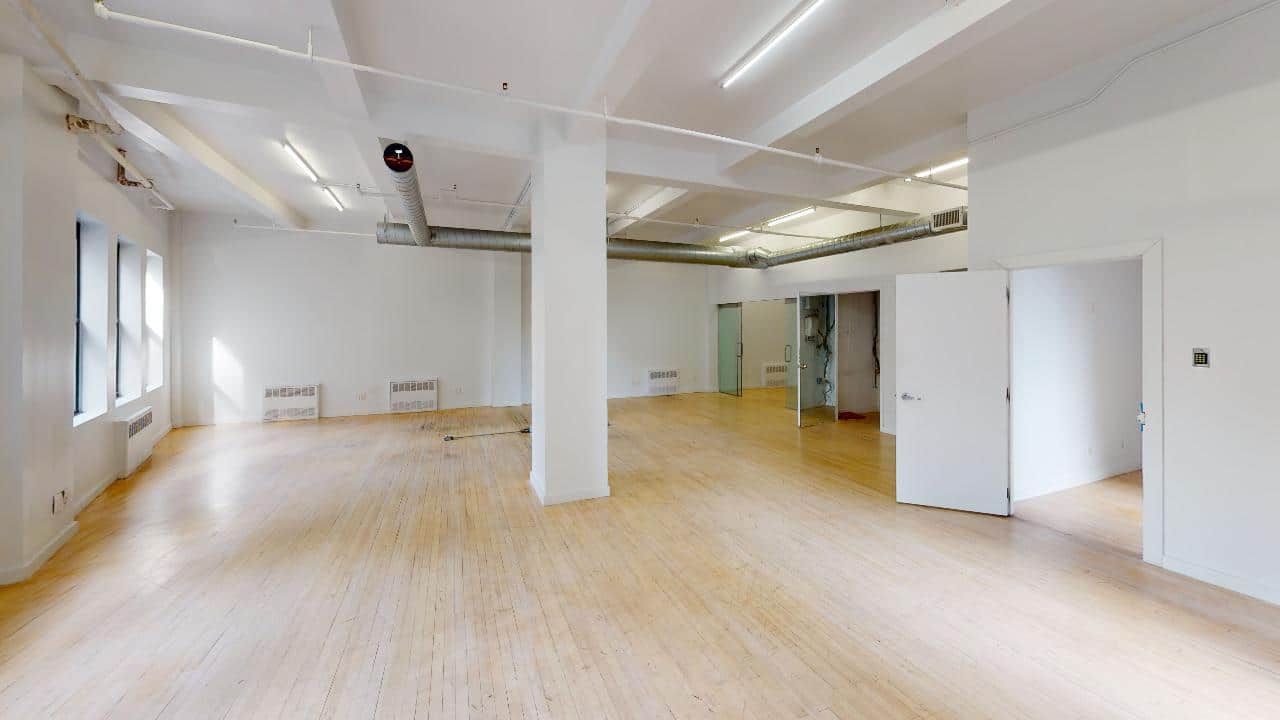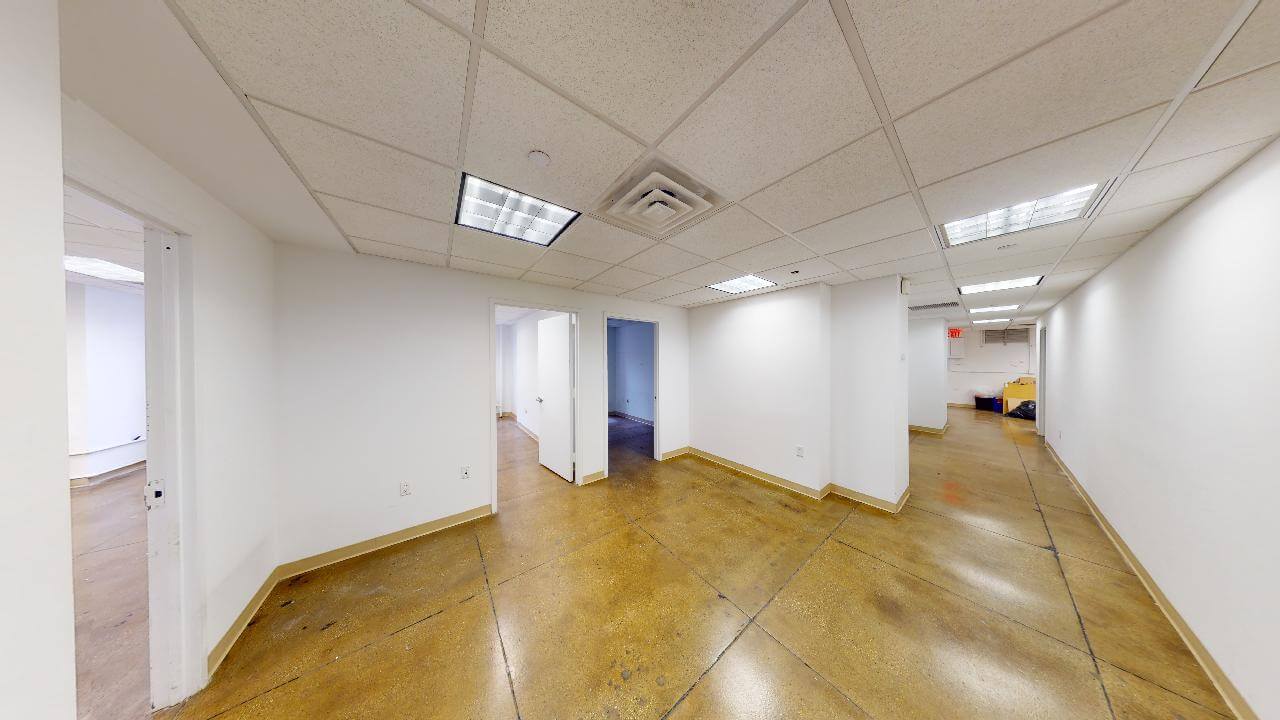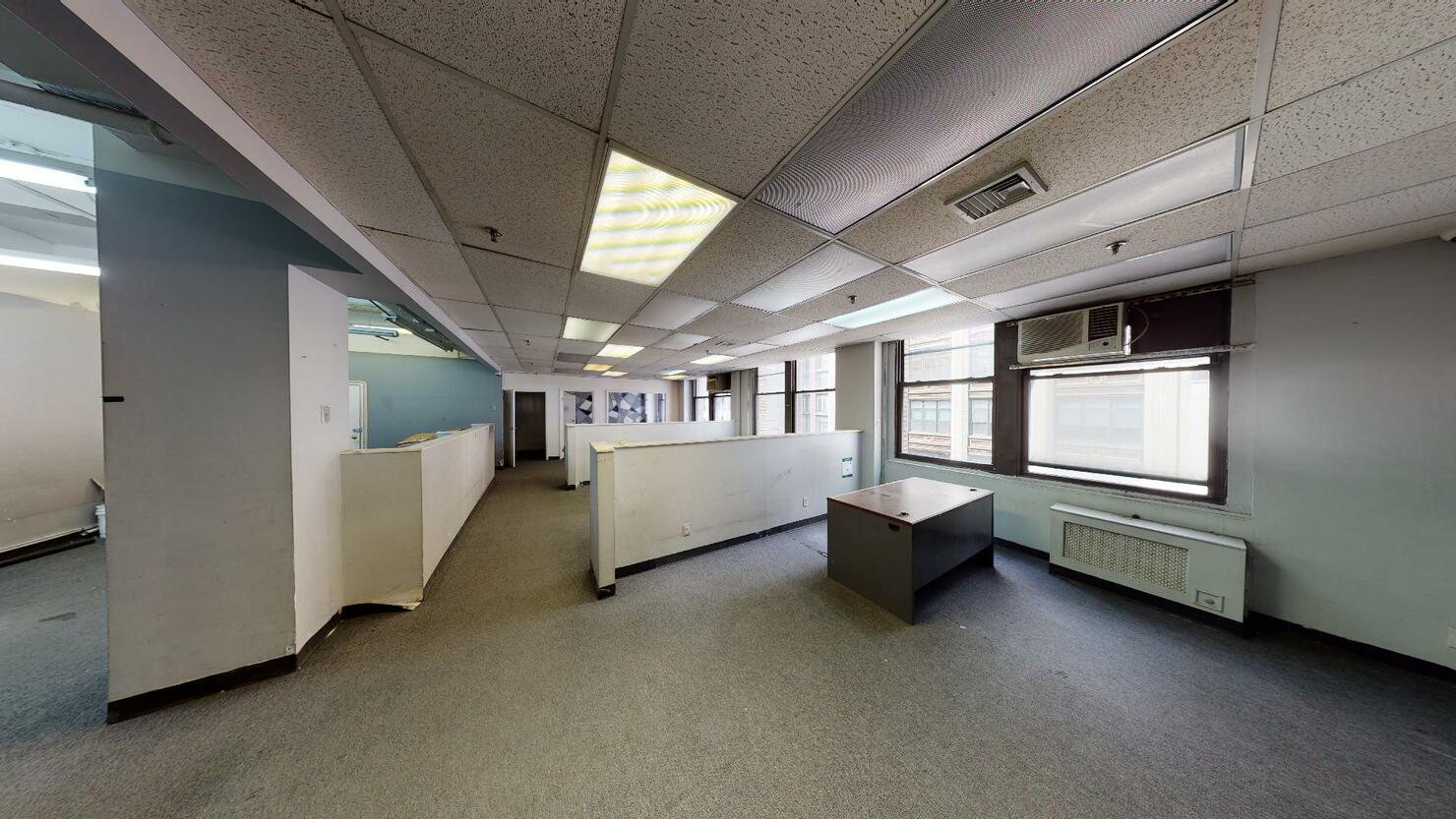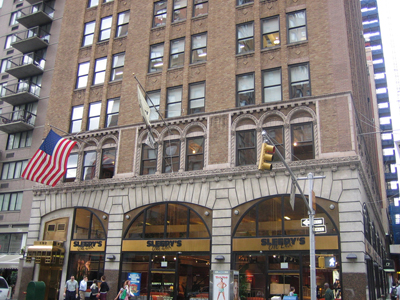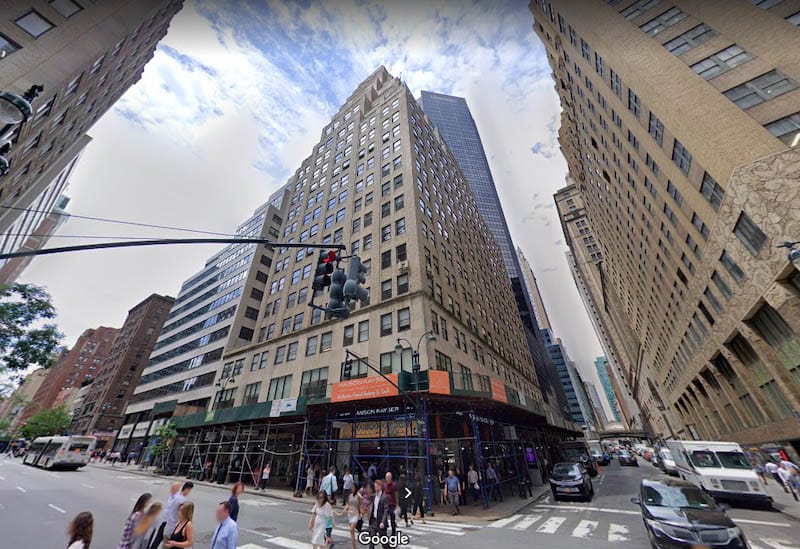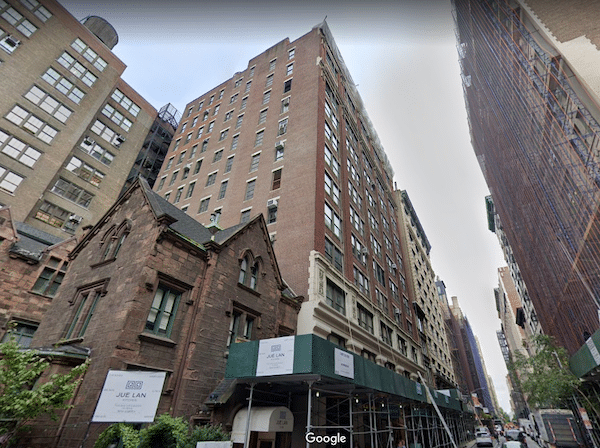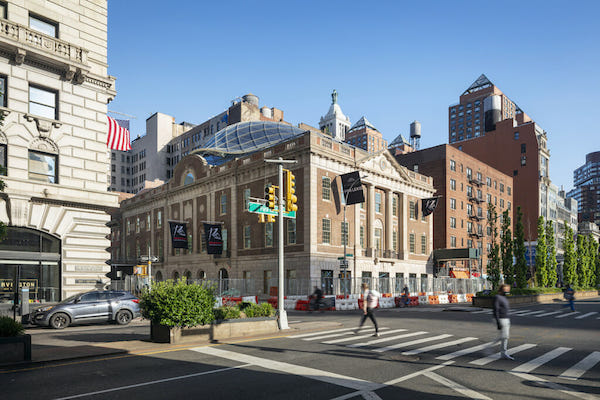In this current economic climate, investors still have a unique opportunity to invest in commercial real estate. Yes, Real Capital Analytics reported a sharp 79% year-over-year decrease in May’s commercial sales volume, reaching only $9.8 billion. Moreover, this is the lowest May figure since 2010. Yet, as commercial property owners withdraw their assets from the market and investment opportunities become scarce, major firms like Blackstone and Starwood find innovative ways to capitalize on this distressed market.
Rather than hesitating, the Blackstones and Starwoods saw an opportunity to invest in undervalued assets. During the lockdown period in March and April, they took full advantage of the low prices and invested in real estate through real estate investment trusts (REITs).
A REIT is a company that generates income from owning, operating, or financing real estate. Investing in NYC commercial REITs such as SL Green or Vornado can be a cost-effective option for small firms or capital-limited investors, especially since share prices are considerably lower than earlier this year.
The best part? For as little as $38, anyone can do it. Read on to see how.
Investors Turn to Public Real Estate Firms for Distressed Market Bets
Last March and April, investors capitalized on the distressed market in NYC during the lockdown. Lenders were forced to sell at low prices, prompting Blackstone, Starwood Capital Group, and Oaktree Capital Management to invest in commercial mortgage-backed securities and public REITs.
For instance, Blackstone and Starwood acquired shares in Extended Stay America. This extended-stay hotel chain has outperformed other hospitality options. Blackstone bought a 4.9% stake at around $6.50 per share, while Starwood purchased an 8.5% stake for about $9 per share. These prices are substantially lower than the nearly $20 per share at the start of the year.
Others, like SL Green and TPG sold $900 million worth of stakes and debt, investing in undervalued shares. The Federal Reserve purchased $9 billion worth of CMBS, and Somera Road bought $60 million worth of commercial real estate debt, 40% of which were CMBS. Somera Road has a track record of finding distressed properties through CMBS trusts and developed an effective strategy to deal with them.
Experts Advise Cautious Optimism When It Comes to CRE Investments
Industry experts advise cautious optimism regarding commercial real estate (CRE) investments. When prices hit their lowest in March and April, many investors took advantage of the situation and invested in commercial real estate stocks and bonds. The pressure on lenders to sell resulted in profitable investments as the market reopens, but the increasing prices of CMBS raise concerns among experts.
The economic consequences of the pandemic will impact the CRE industry for a long time. Numerous defaults could arrive in the coming months. Healthcare experts are worried about a second wave. The uncertainty surrounding the pandemic means that investors should remain cautious. It’s important to note that the effects of the lockdown on the CRE market will gradually manifest over the coming months and years.
While investing in commercial real estate bonds is a good option for corporations, smaller investors who don’t have billions of dollars to invest may want to consider commercial REITs. However, caution should still be exercised, given the uncertain times. The current situation calls for careful analysis and informed decision-making regarding CRE investments.
Affordable Real Estate Ownership in NYC Through Commercial REITs
For those interested in investing in NYC’s commercial real estate market, there may be alternative options to purchasing property, particularly for small-time investors. Investing in public REITs could be an excellent alternative. Shares in commercial REITs, such as SL Green or Vornado, are currently much more affordable, making them a good choice for those with limited capital. These companies are the largest commercial landlords in the city. They have an impressive portfolio of Class A office buildings, including the Lipstick Building, 1 Madison Avenue, the Graybar Building, One Penn Plaza, and 888 Seventh Avenue. In addition, they carefully screen tenants, resulting in a low risk of tenant defaults.
Metro Manhattan Principal Broker Alan Rosinsky shares his thoughts on why commercial REITs are a good investment strategy:
Investing in a commercial REIT is an excellent option when limited properties are available. It’s affordable and offers strong liquidity, good dividends, and potential appreciation. As a young, first-time investor, buying a few shares every so often can lead to a substantial return upon retirement.
However, it’s essential to consider the downsides, such as having no control over how the REIT operates its business. Additionally, the stock market is volatile, and there’s no guarantee that your shares will appreciate. On the bright side, if you decide to liquidate your position, you can quickly sell your shares and exit.
Finally, investing in a reputable commercial REIT minimizes the risk. Even if companies like Vornado or SL Green were to decline 90%, they wouldn’t dissolve or go bankrupt. There’s always demand for the Class A trophy buildings in their portfolio.
The Key Takeaway
Are you seeking a practical solution to enter the commercial real estate market? Investing in commercial REITs could be just what you need. With low share prices in Manhattan, now might be the perfect time to seize this opportunity. While New York City gradually reopens, the value of REIT shares shows signs of rebounding. However, caution is advised, as the pandemic’s future remains uncertain. Mitigate risks by closely monitoring the sector’s performance and investments to unlock significant potential returns. If you want to invest securely in commercial real estate, now may be the time to explore the benefits of REITs.

